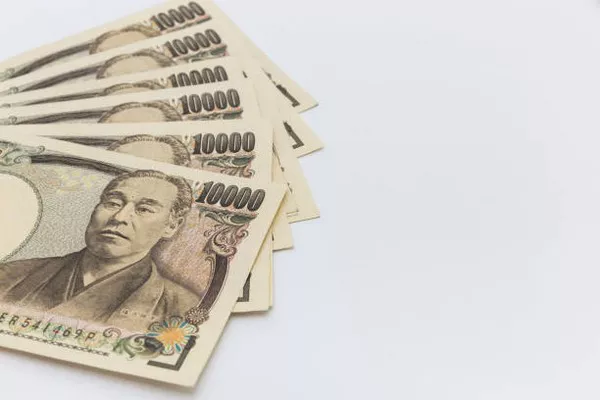The Japanese yen experienced a significant downturn against the Chinese yuan, marking its lowest exchange rate in 31 years, propelled by direct intervention from Chinese monetary authorities aimed at bolstering the currency amid the dollar’s ascent. The yuan surged to 21 yen, a level not witnessed since January 1993, albeit retracing slightly thereafter. China’s move to set a weaker daily reference rate for the yuan against the dollar further fueled the strengthening of the Chinese currency. Additionally, China released economic growth data exceeding analysts’ expectations, with first-quarter GDP growth reaching 5.3 percent.
In response to the yen’s rapid depreciation, Japan stands prepared to implement necessary measures to counter excessive volatility in its currency. Foreign Minister Shunichi Suzuki affirmed Japan’s readiness to monitor currency market dynamics closely. However, Suzuki refrained from specific commentary on recent developments, characterizing the yen’s devaluation as “rapid and volatile.” Such categorization could prompt direct intervention by the Japanese government in the foreign exchange market, potentially involving the sale of Japanese sovereign dollar reserves and yen purchases—a strategy previously employed by Tokyo last year.
Suzuki emphasized the government’s commitment to taking requisite actions but refrained from expressing a stance on recent currency movements, asserting, “I believe it is not appropriate to express our position regarding the latest movements, because our evaluation is linked to our commitment to take all the necessary measures.”
The dollar’s continued strength follows the decision by the Federal Reserve of the United States to halt the gradual reduction in reference rates from June. This decision reflects ongoing inflationary pressures in the USA and macroeconomic indicators surpassing expectations.


